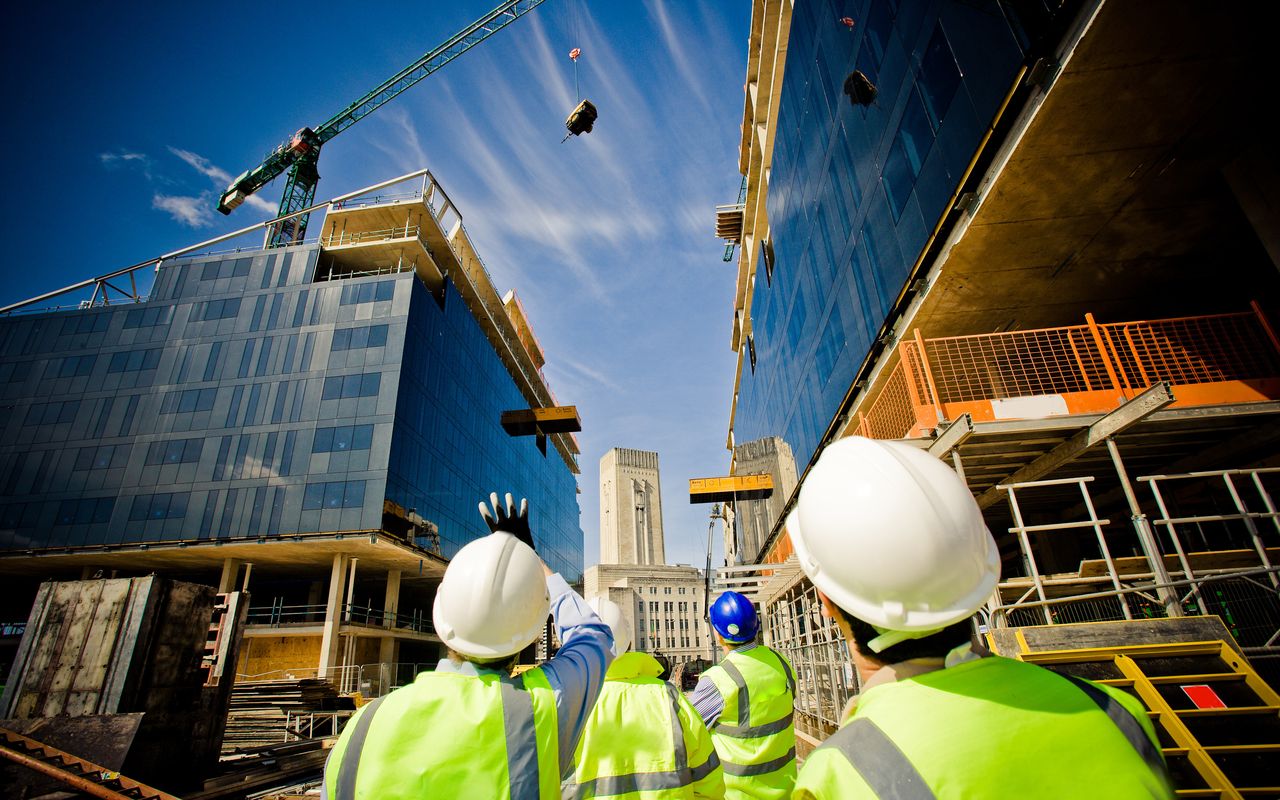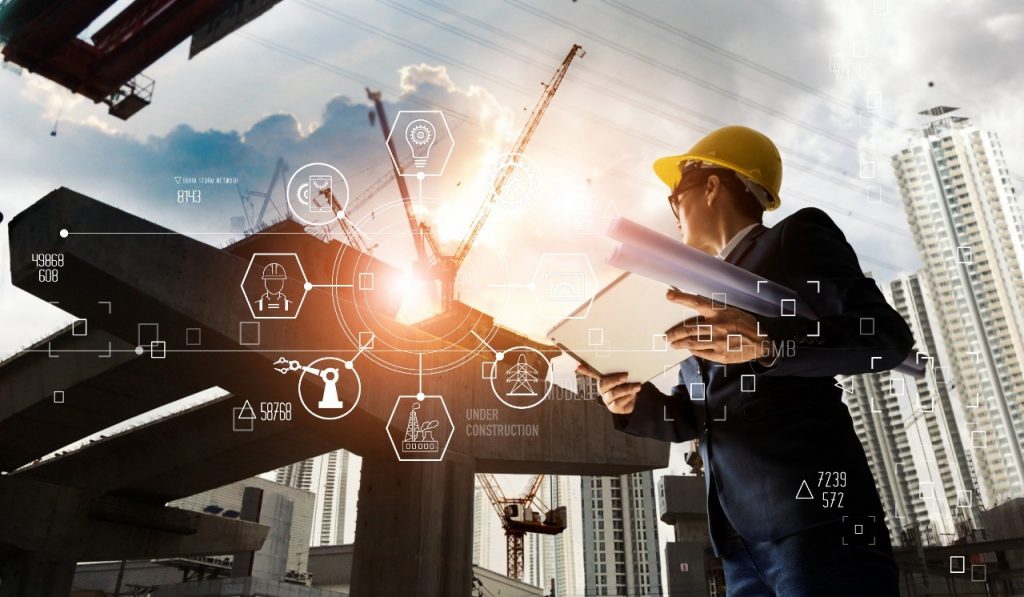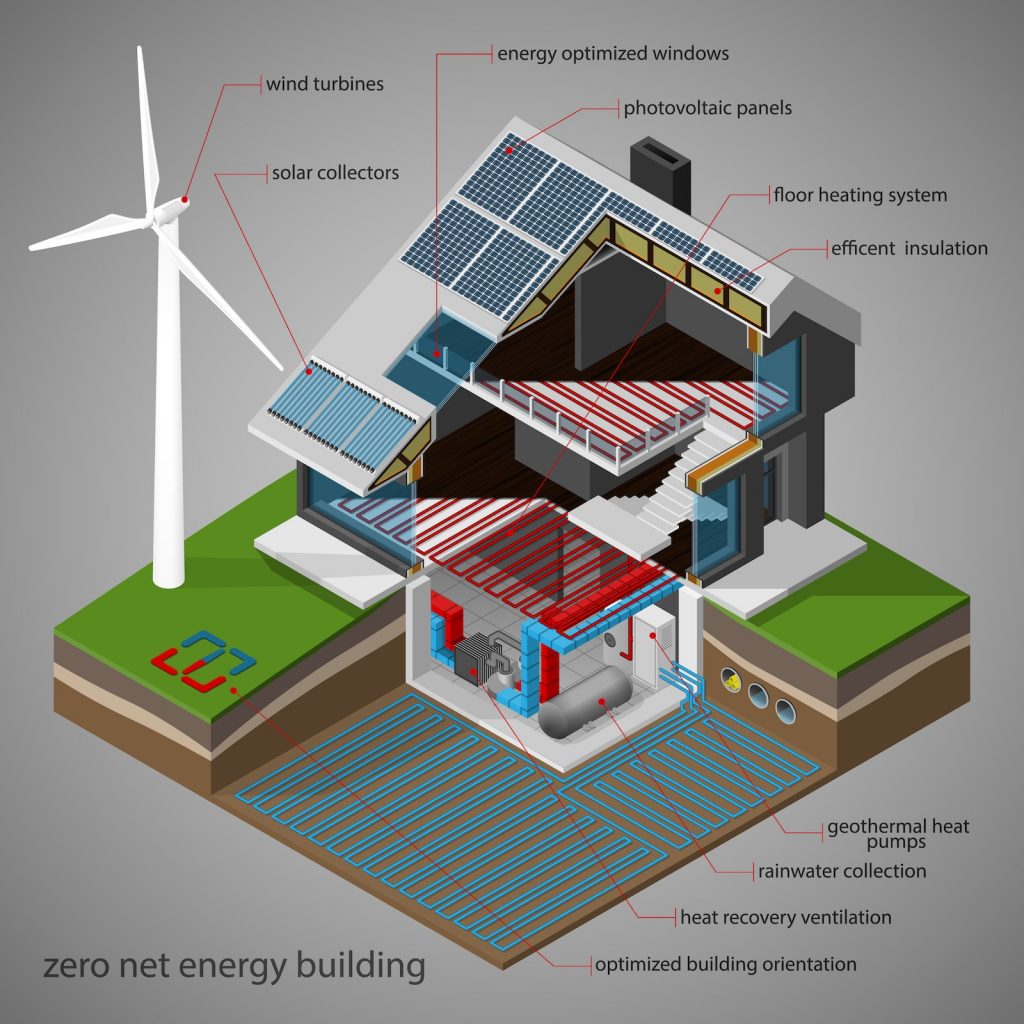Construction
Engineering studies for all projects:

Charts:
Time and task management are always vital in construction management projects, and construction charts are great for managing various kinds of task relationships. For example, the task sequence, the priority level of each task, the dependency of tasks, the completion time of tasks, the duration of every single task and more. In this case, a construction chart offers a great network based on a logical progression toward a final success of a project.
Timelines:
When we are planning or managing a construction project, there is a seemingly endless list of tasks to complete across many different phases of construction.
So we need to schedule and track work for our own team, as well as for our subcontractor teams and general contractor. Creating a construction timeline can help you track and manage all this important information in one place.
Economic Feasibility:
Economic feasibility is a kind of cost-benefit analysis of the examined project, which assesses whether it is possible to implement it. This term means the assessment and analysis of a project’s potential to support the decision-making process by objectively and rationally identifying its strengths, weaknesses, opportunities and risks associated with it, the resources that will be needed to implement the project, and an assessment of its chances of success. It consists of market analysis, economic analysis, technical and strategic analysis.

Contracting for all engineering works:
– Interior cladding work (houses – offices – shops)
– Exterior cladding (cladding with alabaster and stone – cladding using elcopond materials)
– civil works
– Electric Works
– Mechanical work
Maintenance and restoration work for different buildings:
– Moisture treatment
– Maintenance of heating and air-conditioning systems
– Restoration of structurally damaged buildings

Use renewable energy technology to acquire Zero Energy buildings:
Zero energy buildings are becoming a common feature in building design. A zero-energy building (ZEB) combines state-of-the-art, energy-efficient construction and appliances with commercially available renewable energy systems to benefit its owner with annual net-zero energy consumption. With its reduced energy needs and renewable energy systems, a ZEB can return as much energy as it takes from the utility on an annual basis. The key objective of this paper is to produce new, innovative, clean, and efficient energy technologies and systems and to give a better solution to build ” Zero Energy Buildings “

Types of projects:
Residential villas – floor buildings – shops – malls – industrial halls – factories

